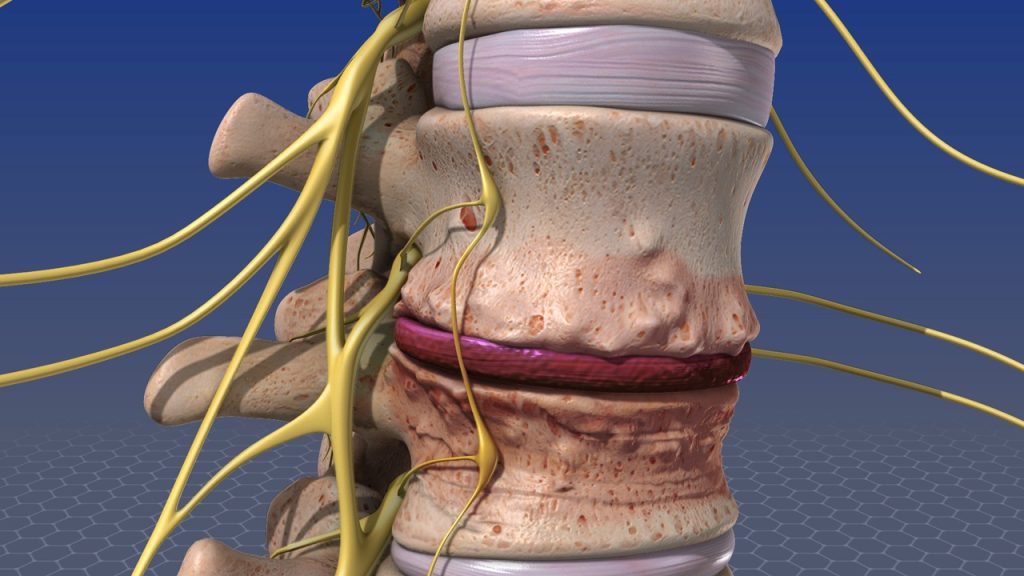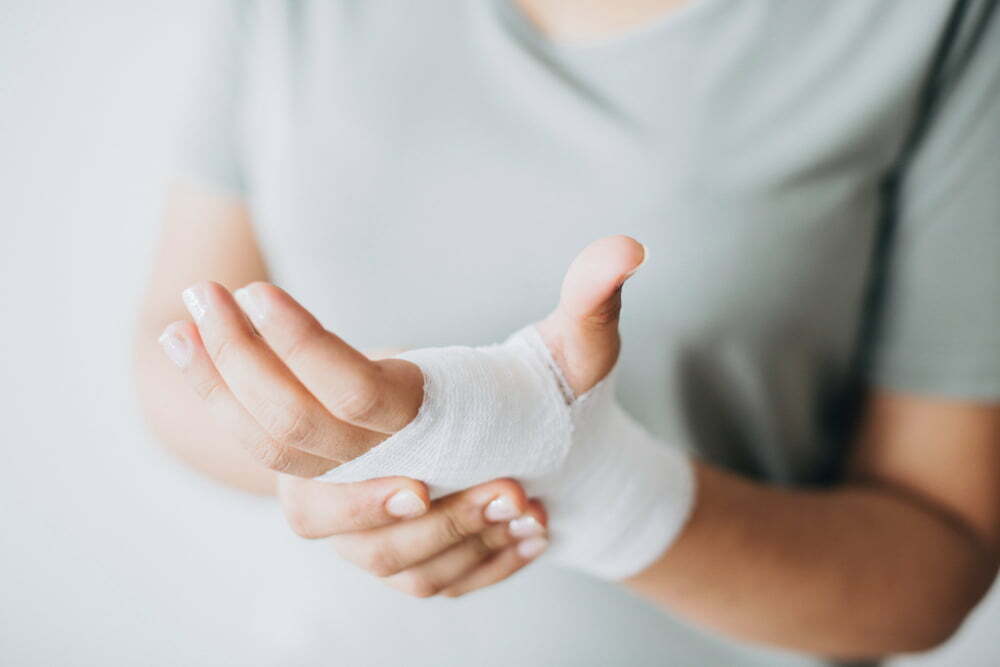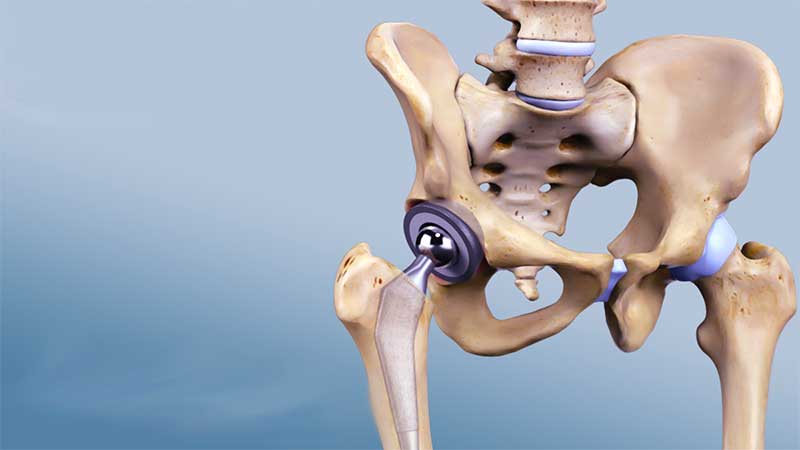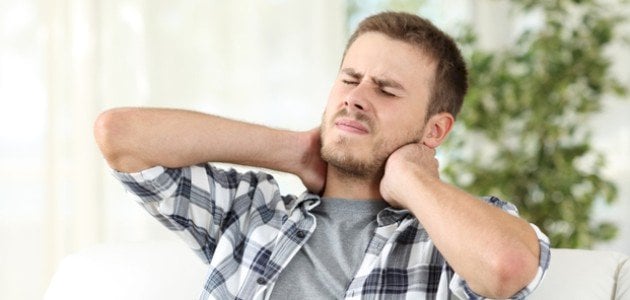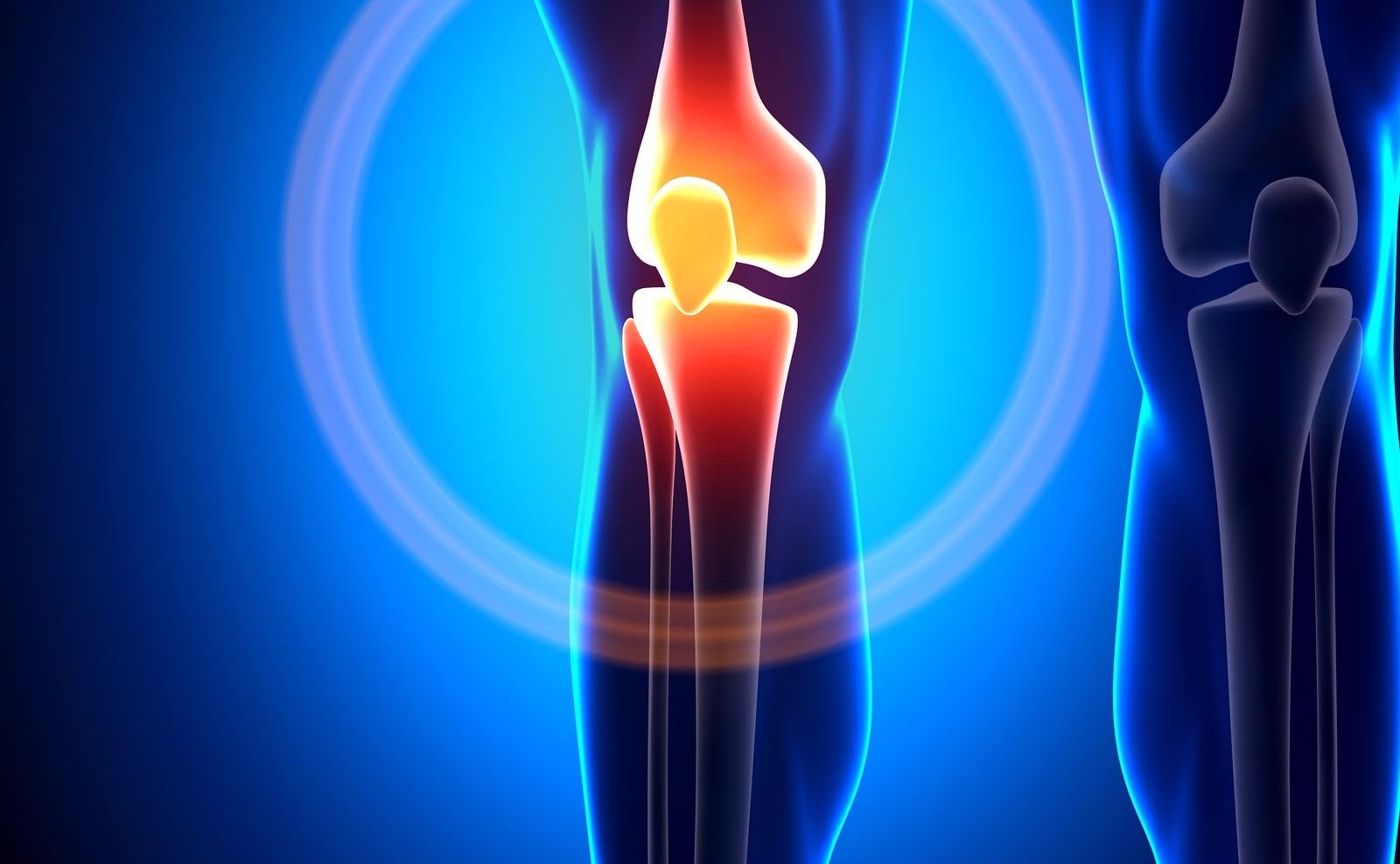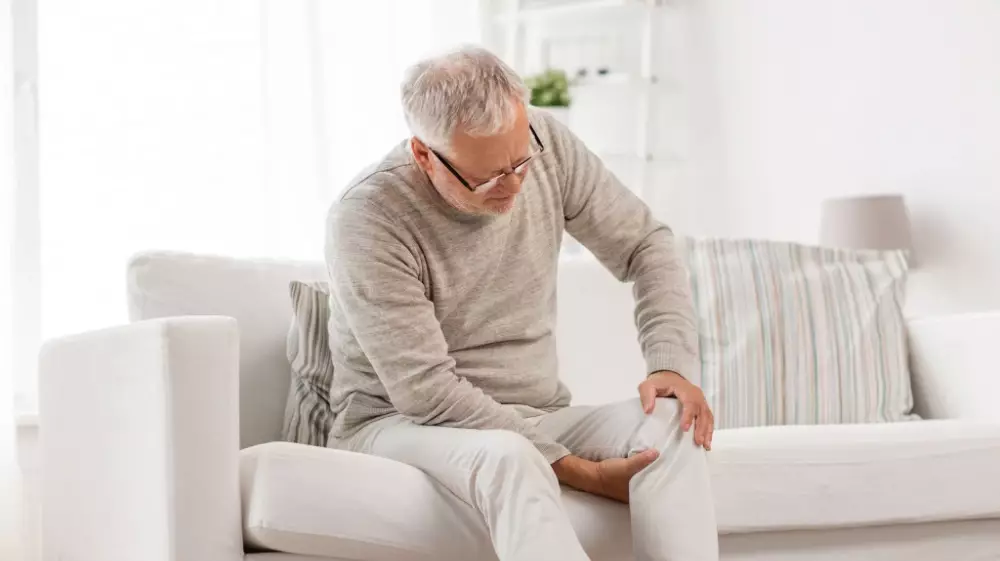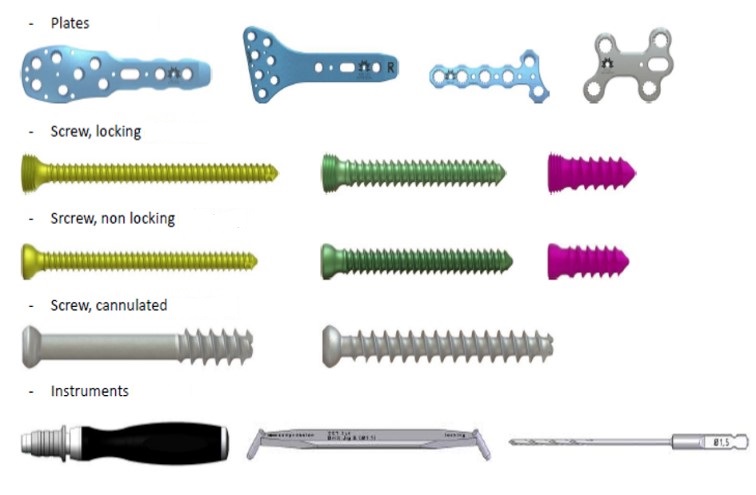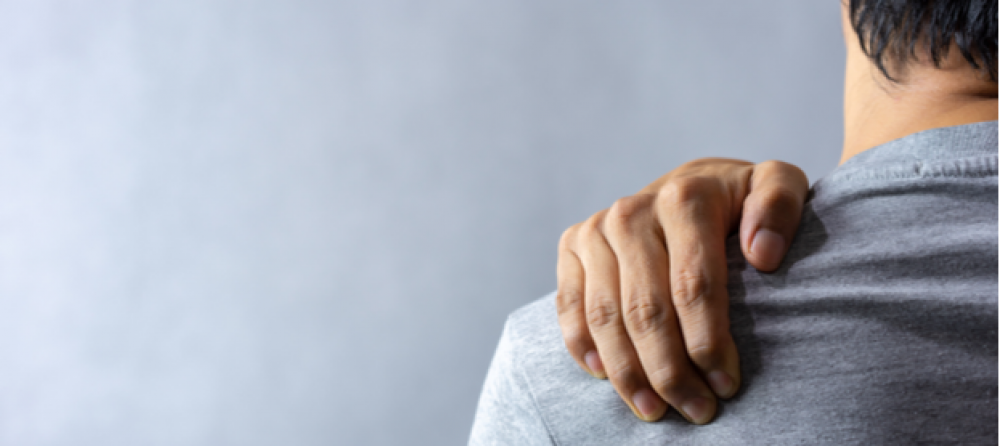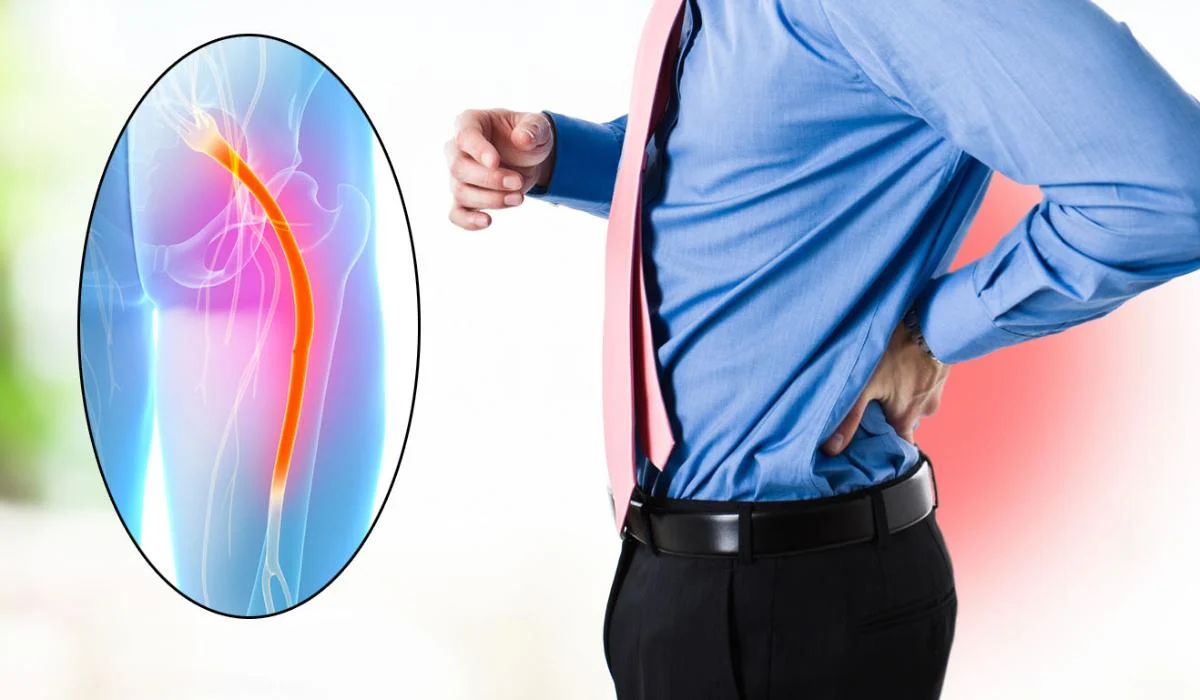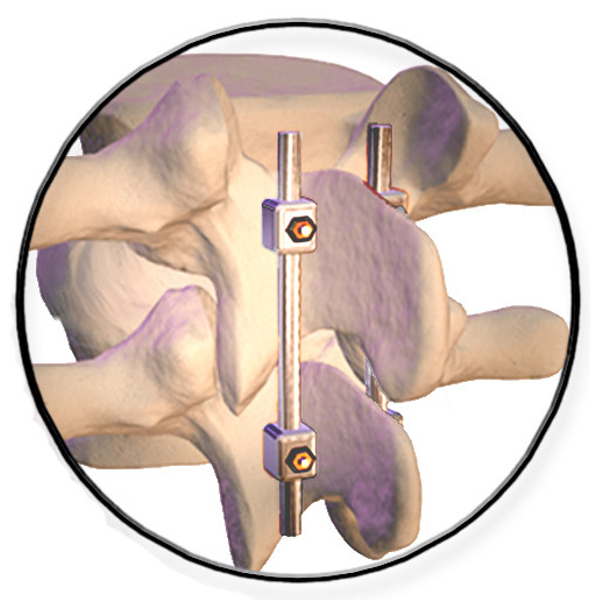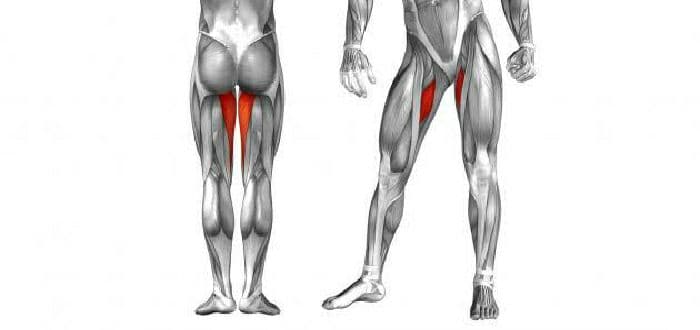Lumbar vertebrae hernia treatment
The lumbar vertebrae in the lower back can slip or herniate, which results in a number of symptoms and pain. In the following, we learn about the most appropriate treatment methods and what are the causes that lead to disc herniation.
Lumbar vertebrae hernia treatment
Lumbar herniation is a herniation of the discs lining the vertebrae of the back, and thus symptoms of pain and a feeling of fatigue appear on the injured person, and this may affect the person’s ability to walk or move between standing and sitting, and herniation is the departure of the disc nucleus from its position, which leads to back pain and friction between the vertebrae.
Lumbar herniation can occur as a result of many factors, including the presence of erosion of the cartilage as a result of the factors of time and aging.
What are the symptoms of a hernia in the lumbar spine?
The affected person may find some signs and symptoms that indicate a hernia in the lumbar vertebrae, which leads to pain and difficulty in bending the back or doing normal activities that the person does, and the basic symptoms include the following:
- The presence of sharp pain in the lower back.
- Numbness in the lower extremities.
- Having difficulty bending the back.
- Difficulty controlling the bladder.
- Feeling pain in simple movements, including coughing and sneezing.
Symptoms of calcification of the lumbar vertebrae
The presence of calcification in the lumbar vertebrae can occur as a result of dehydration in the cartilage and the presence of a lack of fluid present in it, and thus calcification occurs that results in severe pain because the cartilage does not perform its function properly, which allows for friction between the vertebrae, and thus the patient cannot recover quickly.
Symptoms of calcification of the lumbar vertebrae appear as follows:
- There is severe pain when moving.
- A feeling of pain in the lower back.
- Difficulty exercising.
Treatment of moving the fifth lumbar vertebra over the first sacral
Movement or slippage in the fifth lumbar and first sacral vertebrae can be treated through several steps, including the following:
- Start taking anti-inflammatory drugs that improve the patient’s condition.
- It is possible to start doing physical exercises and using physical therapy to improve the condition of the vertebrae.
- Using a steroid injection that reduces pain and swelling in the affected area.
- Surgical treatment can be resorted to in certain cases, especially when other treatments do not respond.


